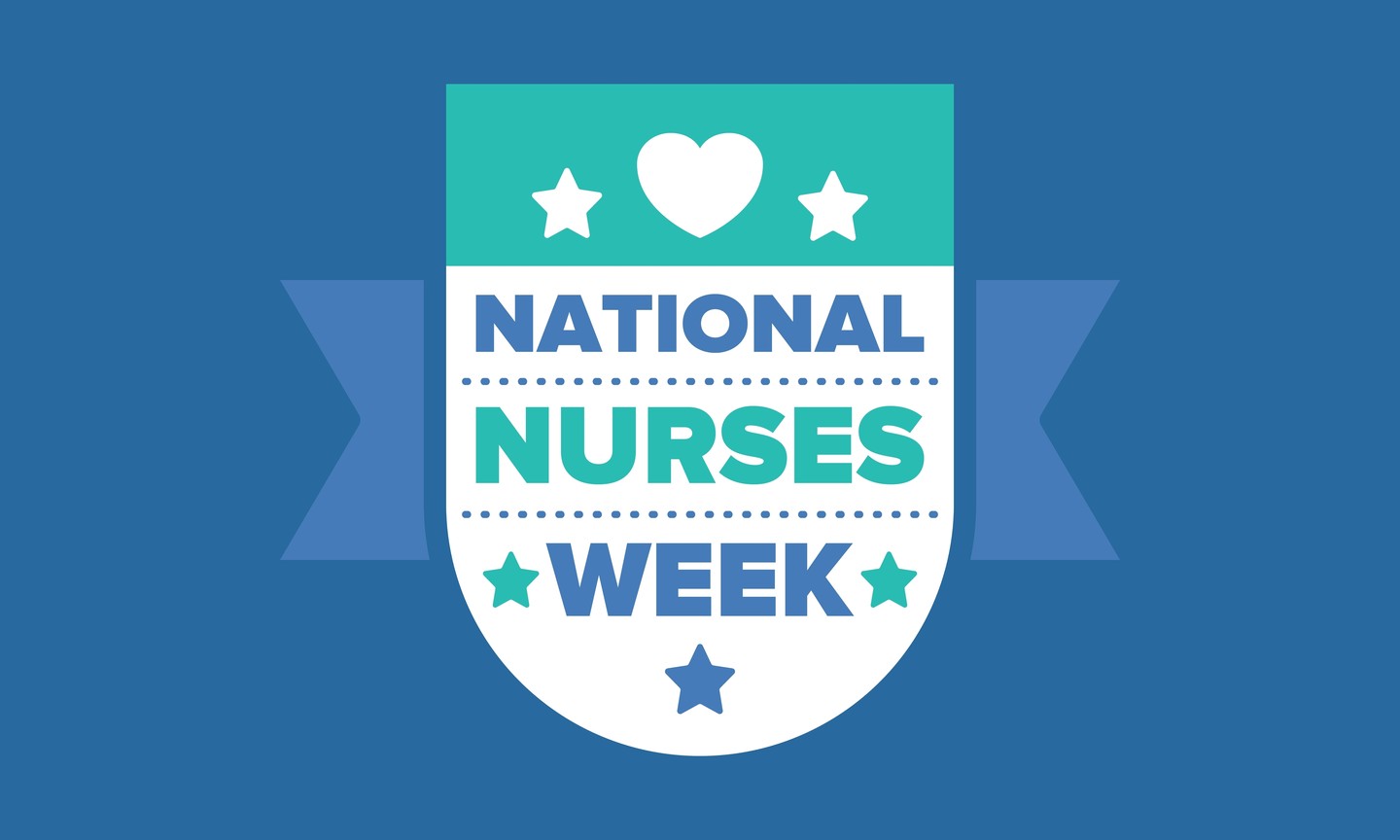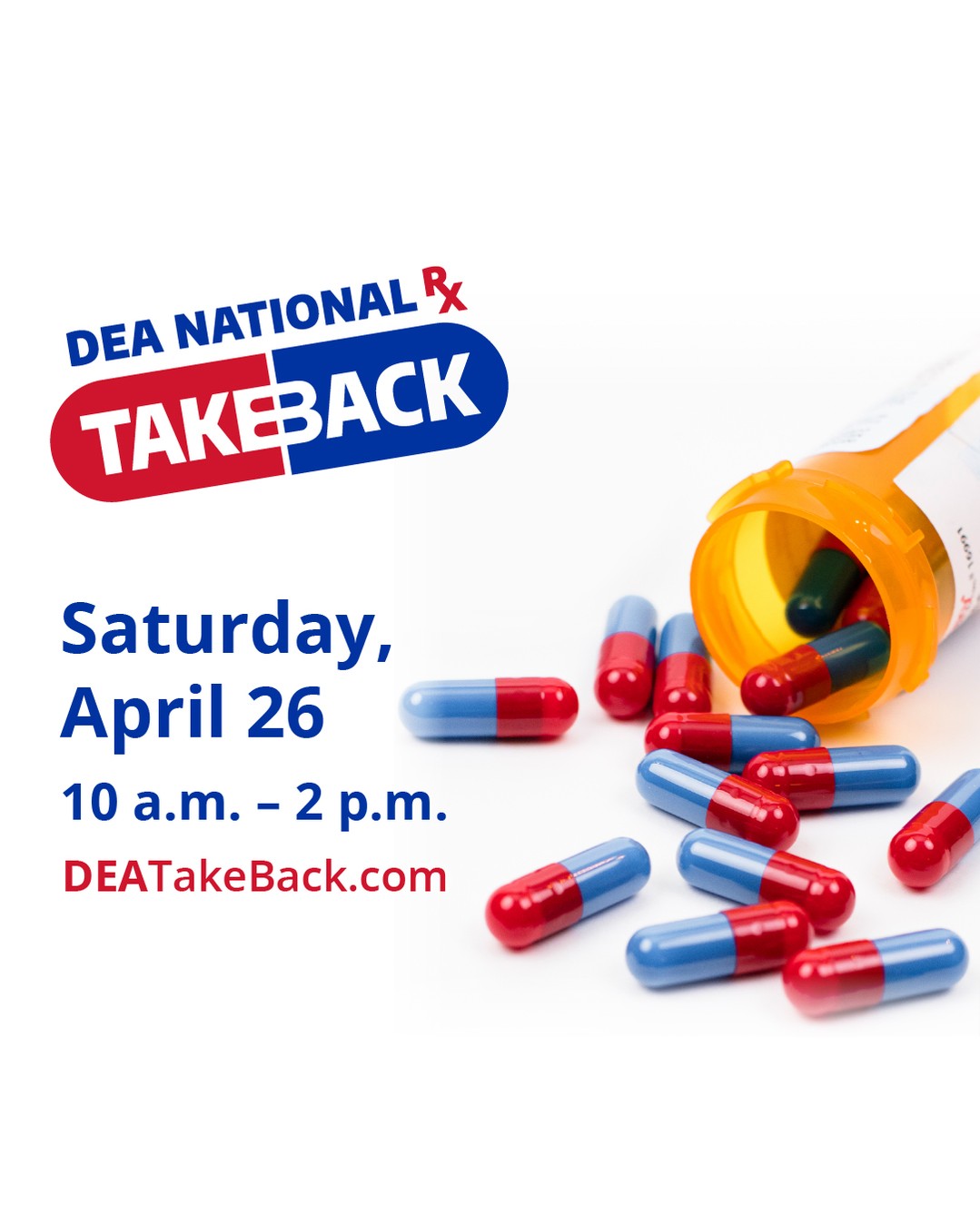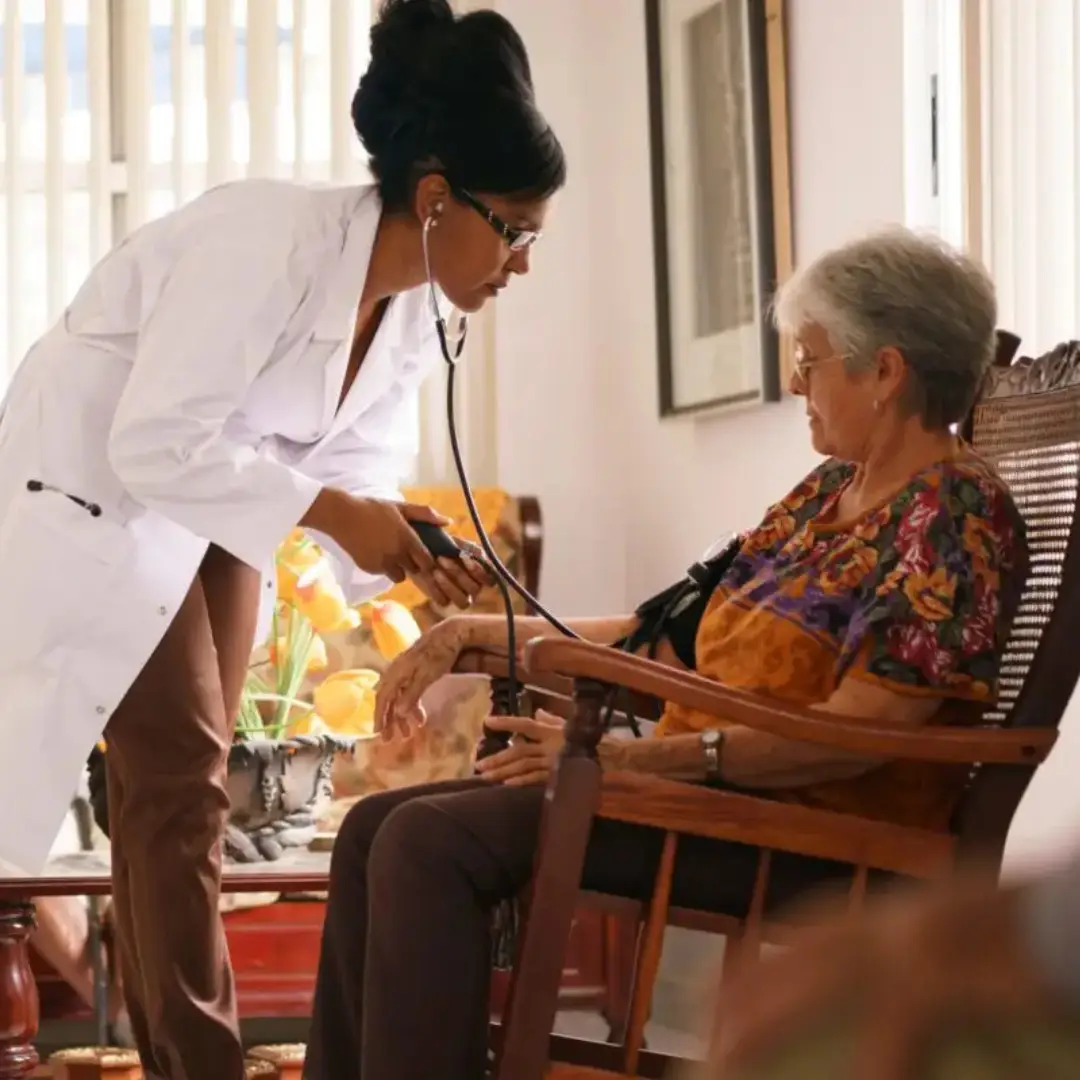Among her many well-known quotes, Florence Nightingale gave us a simple but meaningful one that has resonated over the centuries: “For the sick it is important to have the best.”
Then, as now, providing the best patient care calls for having the best nurses with the best training and the best staffing — also known as nurse staffing and patient safety. These three — along with advanced and continuing education, appropriate orientation and training, and good skills — have been at the heart of our growth as a profession. But we’ve never been able to stop studying, working on, and yes, even struggling with nurse staffing.What you know about nurse staffing and patient safety
You know your role is to care for patients, help them get well and keep them safe. But you also know — everything from infections to medication errors to falls to needle sticks to poor communication and incomplete handoffs — are part of a long list of patient safety concerns. All too often, inadequate nurse staffing is the thread running through that list.“Our staffing numbers have for too long been a continued problem we haven’t been able to fix. I have too many patients to care for and not enough time or hands to give them all they need.”
Sound familiar? Some might think a comment like this is a mere complaint, while others hear it as a cry for help. I believe it’s the latter because you go to work every day for all the right reasons — none of which is to complain. Last month, we celebrated National Nurses Week to recognize you for your many contributions to patients, the profession and healthcare. To make these contributions and give patients the best of your nursing education, training and talents, you need the right:
- Nurse staffing patterns
- Interprofessional teams
- Work schedules
- Care delivery systems
- Nurse-patient ratios
Staffing and safety research you should read
According to a nurse staffing and patient safety report by the Agency for Healthcare Research and Quality, “some seminal studies have demonstrated the link between nurse staffing ratios and patient safety, documenting an increased risk of patient safety events, morbidity and even mortality.” Other studies have shown improvements in quality indicators and patient outcomes after instituting staffing ratios. Various staffing patterns, algorithms and calculations have been put forth for two decades after California passed the first nurse-patient ratio legislation. Along with the use of nurse-patient ratios, whether legislated or not, factors that have influenced care outcomes include:- Shift length
- Patient acuity
- Staff mix
- Environmental, administrative and financial factors
Nurse staffing and patient safety is not just a numbers game
6:1, 4:1, 1:1. Can patient safety be ensured by numbers alone? As we continue to study our biggest safety concerns in patient care, we’re also considering staff safety. Protection from accidents and injuries in the workplace is important to staff and the patients they serve. Providing you with a place to work that is environmentally safe and includes the right amount of staff is crucial to your ability to assess and evaluate patients and plan and implement care.Staffing is being studied all the time, and nurse-patient ratios are only a part of that work. Many healthcare experts champion ratios.
Others haven’t fully embraced them.Hospital restructuring, remodeling of care delivery systems, changing RN roles and patient populations are just some of the variables that healthcare leaders have been looking at since the early work by nationally known researcher Linda Aiken on nurse staffing and patient outcomes. Further information and research are needed. We can be very proud of all that’s been done, but there’s still more to do. These are the issues you need to understand and be concerned about and researchers need your careful consideration, opinions and voices. Here are some ways you can do just that.
- Think about what you want to know, and know what you want to say.
- Get answers to your questions.
- Study the connections between staffing and safety.
- Find good articles on studies and research outcomes, and share them with your colleagues.
- Get involved.
This post, We must continue to assess nurse staffing and patient safety, first appeared on https://www.nurse.com.











